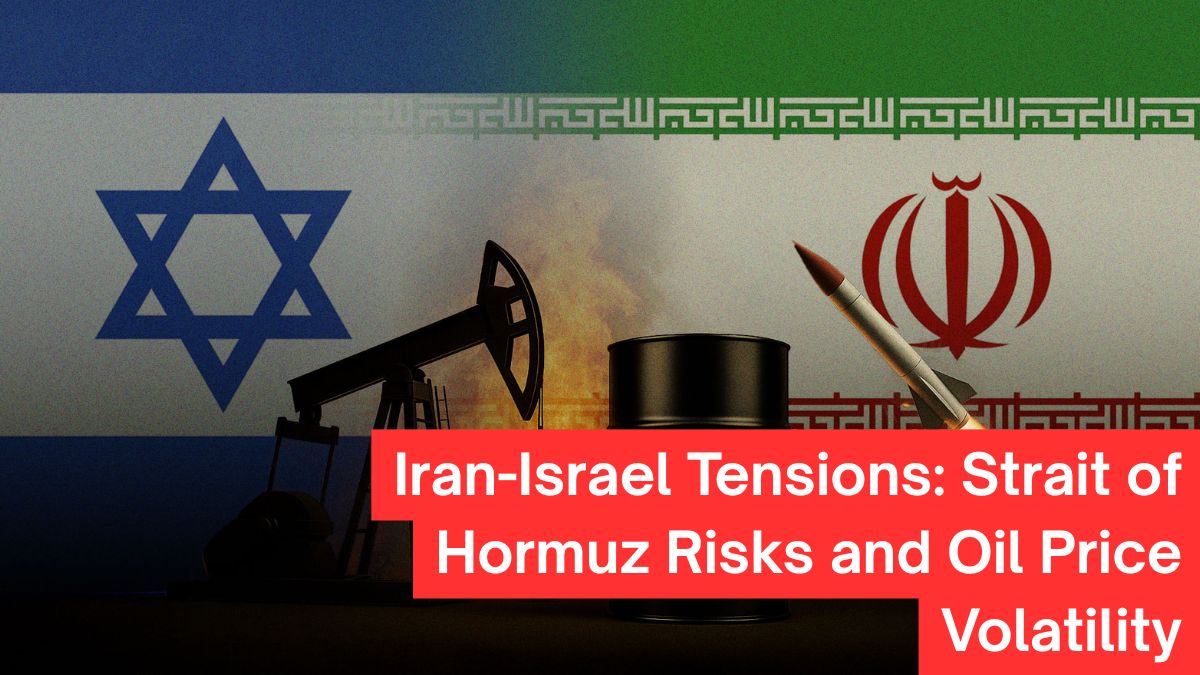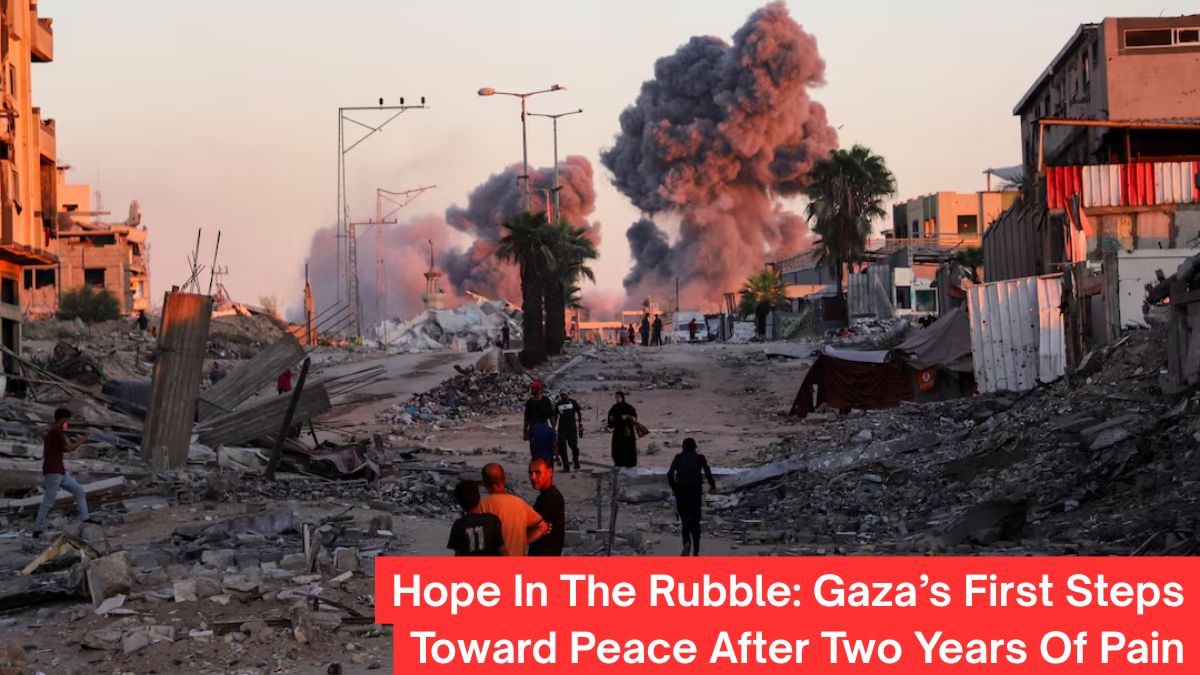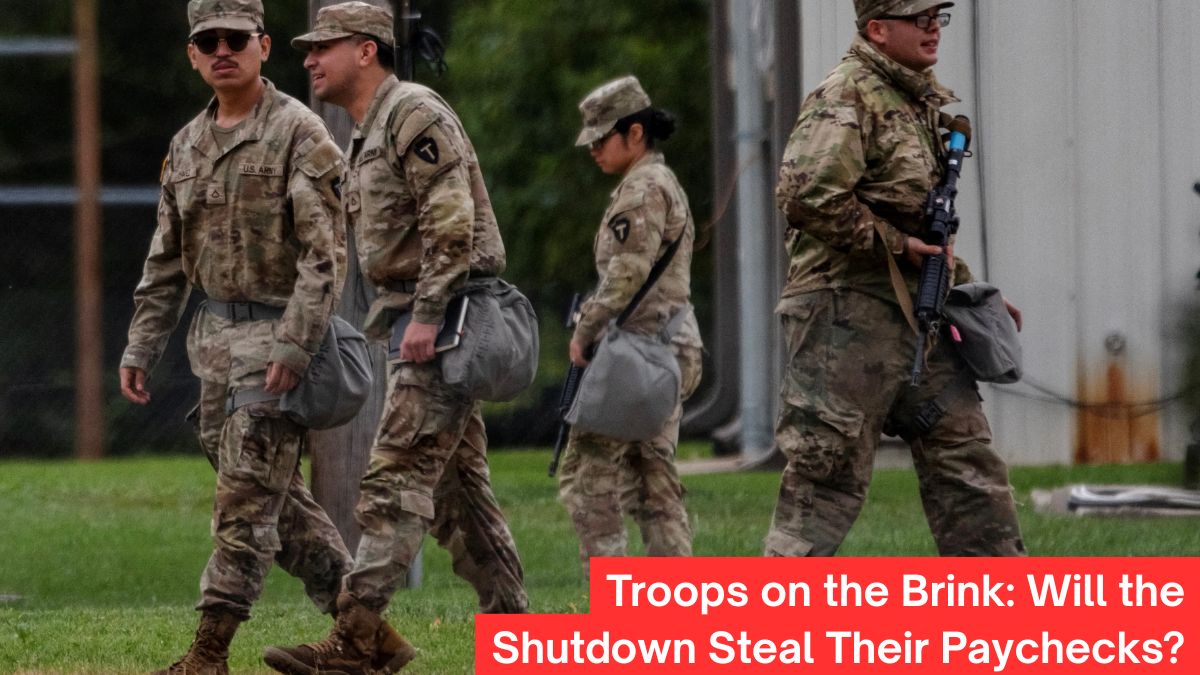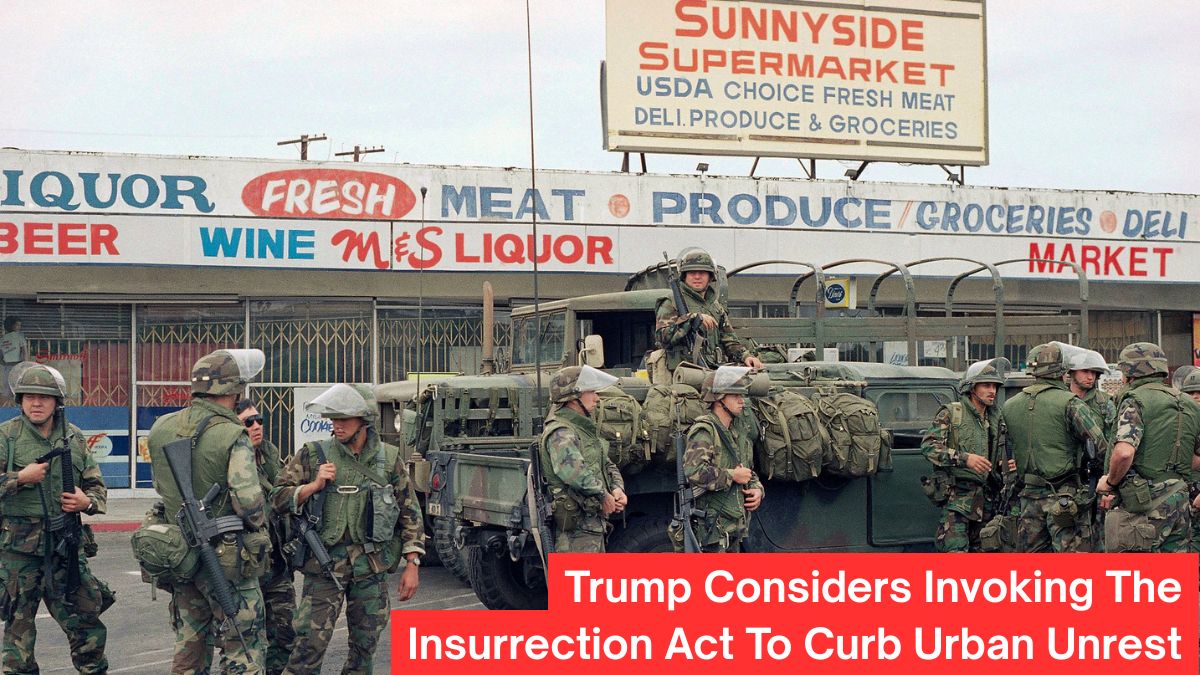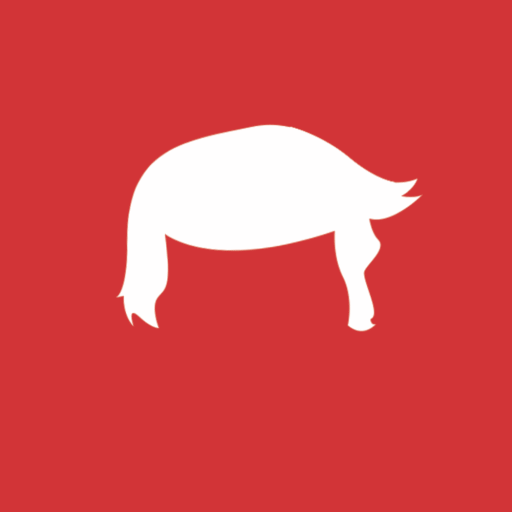The growing tensions between Iran and Israel have raised fresh concerns about the security of the Strait of Hormuz, a vital route for global energy supplies.
This narrow passage handles nearly 20% of worldwide oil flows and about 22% of LNG trade, making its stability critical for global markets. Analysts and ongoing discussions highlight the risks, shifting oil prices, and the global reactions surrounding this situation.
Key Takeaways
- The Strait of Hormuz carries ~20 million barrels of oil daily, equal to 27% of maritime oil trade.
- Iran has the ability to disrupt traffic using mines, drones, missiles, and fast attack boats.
- Oil prices jumped to $81.40 per barrel after U.S. strikes but later cooled to $66–$69 following a ceasefire.
- OPEC+ spare capacity (5.7 million bpd) and bypass pipelines reduce long-term risks.
- Any full disruption could add 1% inflation in advanced economies and push Brent oil to $110 per barrel.
Strait Of Hormuz: Global Energy Lifeline
The Strait of Hormuz sits between Iran and Oman and is among the most important energy corridors in the world. In 2024, almost 20 million barrels per day passed through, giving Iran strategic leverage. Though the Strait has never been fully closed, even partial blockages could cut oil flows by half, leading to price shocks.
In June 2025, after U.S. and Israeli strikes on Iranian targets, Iran’s parliament voted to back a closure of the Strait. The move still requires approval from Iran’s top leadership. So far, no direct disruption has been recorded, mainly because of the U.S. naval presence, Iran’s dependence on the Strait for its own 1.7 million bpd exports (mostly to China), and Chinese pressure to keep oil shipments flowing.
Oil Price Volatility And Market Buffers
The oil market has reacted sharply but also shown signs of stability. Following the June conflict, Brent crude peaked at $81.40 per barrel, then retreated to the $66–$69 range once a ceasefire was announced and Iran avoided direct closure.
Analysts, including Goldman Sachs, caution that if Strait flows were halved for a month, prices could rise to $110 per barrel, with daily swings of 7–13%. Still, spare capacity within OPEC+ (5.7 million bpd), Saudi Arabia’s East-West pipeline, and non-OPEC production growth from the U.S., Brazil, and Canada have softened long-term risks.
The U.S. Strategic Petroleum Reserve (402.5 million barrels) remains another buffer, though replenishing it would be costly. Iran’s shadow fleet to China continues to bypass sanctions, keeping supply lines active.
Geopolitical And Economic Fallout
Sanctions have returned as a pressure point. In September 2025, the U.N. reinstated penalties on Iran, alongside U.S. measures targeting Chinese buyers of Iranian oil. Yet Iran continues to rely on alliances with Russia and China, and proxy forces like Hezbollah and the Houthis to strengthen its position.
A long disruption in the Strait could sharply affect global economies. If oil prices exceed $100 per barrel, advanced economies could see 1% inflation spikes. In the UK, petrol could climb to 155–160p per liter, hitting consumers and businesses. Developing nations in Asia and Africa, which depend heavily on Gulf oil, face even greater risks.
Public Reactions
Discussions across platforms show a divided but cautious outlook:
- Pro-Iran voices view the Strait as a bargaining tool and support Iran’s restraint, with some calling for stronger retaliation.
- Pro-Israel and U.S.-aligned voices dismiss threats as overstated, pointing to U.S. deterrence and OPEC+ supply cushions.
- Economic pessimists warn of sharp inflation and GDP hits, though exaggerated predictions of $400–$1,000 oil are being widely rejected.
- Neutral analysts stress that a full closure is unlikely, highlighting supply diversification and reduced Iranian leverage.
A Calculated Balance
What separates the current phase from past crises is the presence of real-time safety nets like OPEC+ reserves, alternative pipelines, and shadow fleets. These factors reduce the scale of immediate shocks, even as tensions fuel volatility.
The situation remains one of cautious instability. The future depends on Iran’s strategy, U.S. deterrence, and how much global markets can adapt to short-term shocks.
